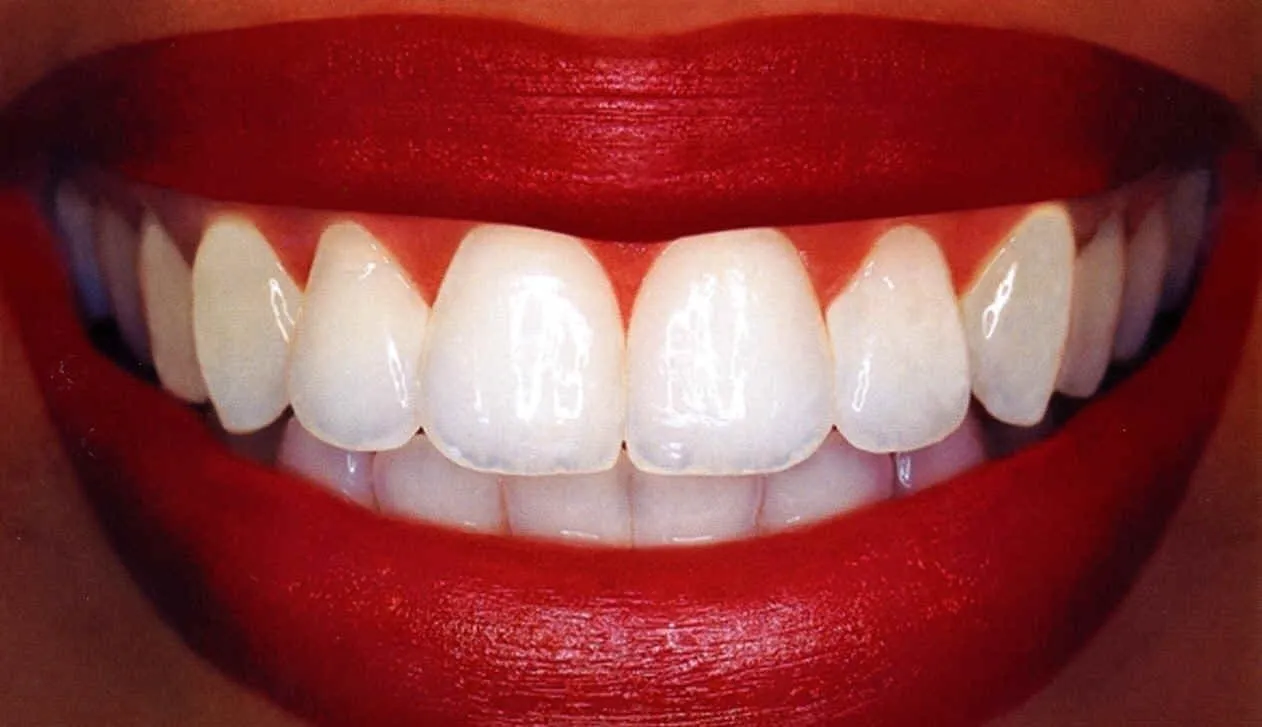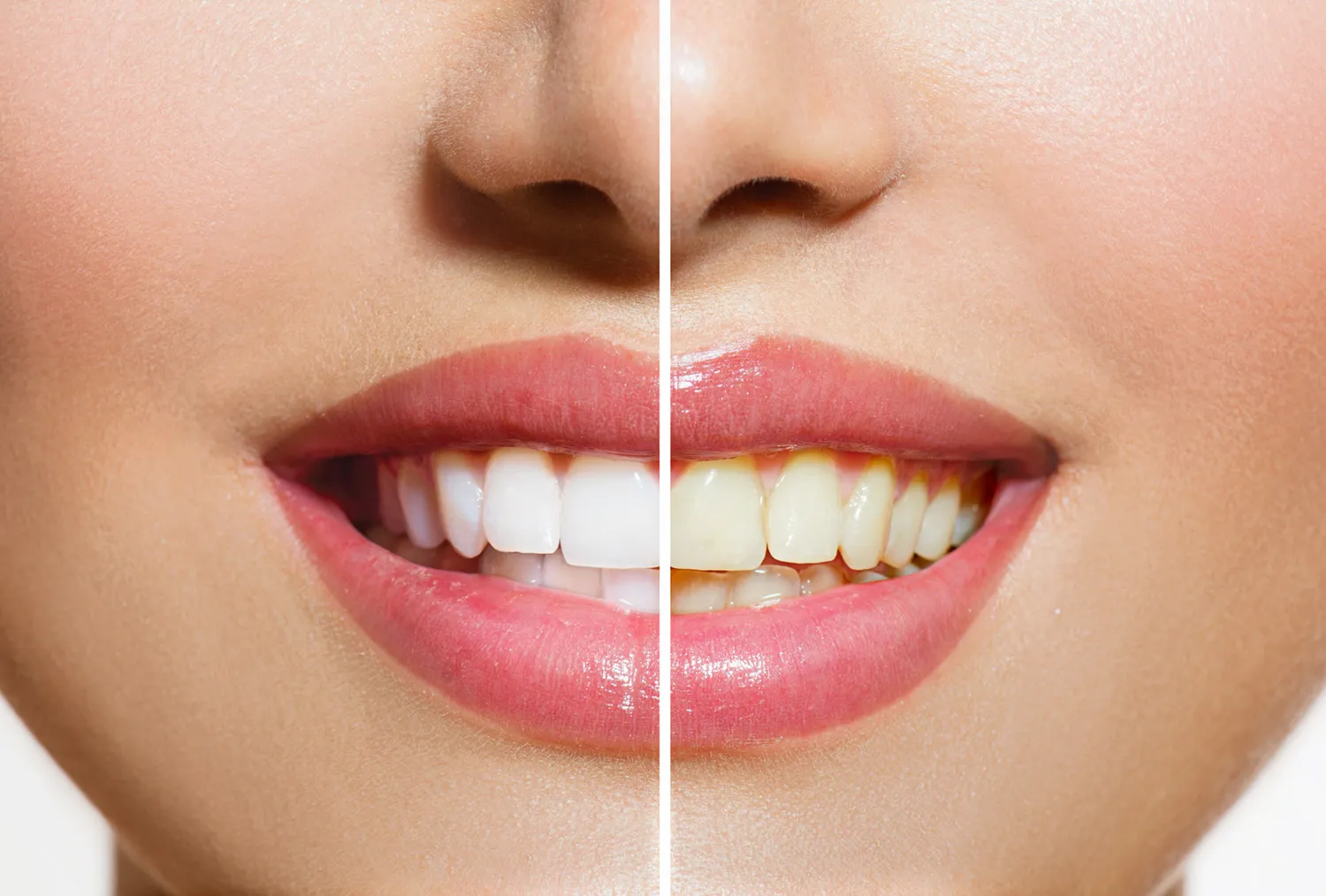Understanding Teeth Whitening for Life
Achieving a dazzling smile through teeth whitening is a goal shared by many. The pursuit of a brighter, more confident smile often leads individuals to explore various teeth whitening options. The journey to a perfect smile involves understanding the different methods, their effectiveness, and how to maintain the results over time. This guide dives into the world of teeth whitening, offering insights into the benefits, the factors that influence whitening, and the best practices for achieving and maintaining a radiant smile for life. From professional treatments to at-home solutions, we’ll explore the spectrum of options available, helping you make informed decisions on your path to a brighter, more confident you. Understanding the process is key to making the right choices for your individual needs and lifestyle.
The Benefits of Teeth Whitening
Teeth whitening offers more than just cosmetic advantages. The benefits extend to various aspects of your life, impacting both your self-perception and overall well-being. A whiter, brighter smile can significantly boost confidence, making you feel more self-assured in social and professional settings. This enhanced self-esteem can lead to increased opportunities and a more positive outlook on life. Beyond the cosmetic enhancements, teeth whitening can also contribute to improved oral health. By removing stains and discoloration, you may be more motivated to maintain a diligent oral hygiene routine, leading to better dental health overall. A beautiful smile is a gateway to numerous advantages, making teeth whitening a valuable investment in your appearance and self-confidence, and it can also promote a healthier lifestyle.
Boost Confidence

One of the most immediate and noticeable benefits of teeth whitening is the significant boost in self-confidence it provides. A brighter smile is often associated with youthfulness, health, and attractiveness, all of which can positively impact how you perceive yourself and how others perceive you. Increased confidence can lead to greater assertiveness in social situations, enhanced self-esteem, and a more positive overall attitude. This newfound confidence can extend to your professional life, helping you to feel more comfortable and capable in meetings, presentations, and everyday interactions. The psychological impact of a dazzling smile is powerful, transforming not only your appearance but also your self-perception, leading to greater opportunities and a more fulfilling life.
Improve Oral Health
While the primary focus of teeth whitening is cosmetic, it also plays a supporting role in maintaining and improving oral health. Removing stains and discoloration can make it easier to identify and address any underlying dental issues, such as early signs of decay or gum disease. A brighter smile often motivates individuals to adopt a more diligent oral hygiene routine, including regular brushing, flossing, and dental checkups. This enhanced routine is crucial for preventing further staining and maintaining the results of your teeth whitening treatment. A commitment to oral hygiene not only preserves your beautiful smile but also contributes to your overall well-being. Regular dental visits are an important part of this and help to catch potential problems early, ensuring optimal dental health and a lasting, radiant smile.
Enhance Aesthetics
The most obvious benefit of teeth whitening is the aesthetic enhancement it provides. A brighter, whiter smile is widely considered a sign of health, youthfulness, and attractiveness. Teeth whitening can dramatically improve your overall appearance, making you feel more confident and self-assured in all aspects of your life. Discoloration can be caused by various factors, including food and drinks, aging, and certain medications. Teeth whitening effectively targets these stains, revealing a more radiant and vibrant smile. This aesthetic improvement can significantly boost your self-esteem, leading to increased opportunities in both your personal and professional life. A beautiful smile is a powerful asset, leaving a positive first impression and contributing to a more confident and attractive you.
Factors Affecting Teeth Whitening

Several factors can influence the effectiveness and longevity of teeth whitening treatments. Understanding these elements is crucial for setting realistic expectations and achieving the best possible results. The type of stains you have, your lifestyle choices, and the methods you choose all play a significant role in the outcome of your whitening journey. Awareness of these factors will enable you to tailor your approach to teeth whitening, maximizing its benefits and ensuring a consistently dazzling smile. This understanding will allow you to better prepare and maintain the brightness of your teeth, helping you to enjoy a beautiful smile for years to come. This approach is a proactive strategy in the pursuit of a brighter, more confident smile.
Types of Stains
The effectiveness of teeth whitening largely depends on the type of stains present on your teeth. Stains are generally categorized into two types extrinsic and intrinsic. Extrinsic stains affect the surface of the enamel and are typically caused by food, drinks, and tobacco use. These stains are usually easier to remove with teeth whitening treatments. Intrinsic stains occur within the tooth structure, often resulting from aging, certain medications, or trauma. These stains can be more difficult to treat and may require more advanced or prolonged whitening methods. Knowing the source and type of stains is the first step to achieving the results you desire. A proper diagnosis by your dentist is crucial to determining the most appropriate whitening strategy.
Extrinsic Stains
Extrinsic stains are those that appear on the surface of the tooth enamel. They are typically caused by the consumption of staining foods and beverages such as coffee, tea, red wine, and berries. Tobacco use is another significant contributor to extrinsic stains. Because these stains are on the surface, they are generally easier to remove with over-the-counter or professional teeth whitening treatments. Regular brushing, flossing, and professional cleanings can also help in preventing and removing extrinsic stains. Maintaining a balanced diet and avoiding excessive consumption of staining agents will help keep your teeth brighter. This approach to teeth whitening is more about routine maintenance and proactive care.
Intrinsic Stains

Intrinsic stains develop within the internal structure of the tooth, known as dentin. These stains can be caused by a variety of factors, including aging, certain medications such as tetracycline, excessive fluoride exposure, and trauma to the tooth. Unlike extrinsic stains, which affect the surface, intrinsic stains require more intensive whitening treatments to reach the inner layers of the tooth. Professional in-office whitening or custom-fitted whitening trays may be required to effectively address intrinsic stains. The treatment of intrinsic stains often requires more time and commitment to achieve visible results. Consulting with a dentist is essential to develop a customized plan tailored to your specific needs and the severity of your intrinsic stains. This is a more involved process than with extrinsic stains.
Lifestyle Choices
Your lifestyle choices significantly impact the color of your teeth and the success of any whitening treatments. Factors such as diet, smoking, and tobacco use can dramatically affect the brightness and longevity of your smile. Making informed choices about your lifestyle can help prevent staining and maintain the results of your whitening efforts. By understanding these factors, you can take proactive steps to preserve and enhance your smile. Adopting healthy habits can contribute to both your oral health and overall well-being. These lifestyle choices have a cumulative effect on the appearance and health of your teeth.
Diet
The foods and beverages you consume play a key role in the appearance of your teeth. Certain items are known to stain teeth due to their high pigment content. Coffee, tea, red wine, and dark-colored berries are common culprits. Consuming these items frequently can lead to discoloration over time. To maintain a bright smile, consider limiting your intake of staining foods and beverages. When consuming these items, rinse your mouth with water afterward or brush your teeth to help prevent stains from setting in. Incorporating a balanced diet that is rich in fruits, vegetables, and water will support your overall oral health and contribute to a naturally brighter smile. Awareness of your diet is essential in your teeth whitening journey.
Smoking and Tobacco Use

Smoking and the use of other tobacco products have a detrimental impact on the appearance of your teeth. Tobacco use is a leading cause of tooth discoloration, causing significant yellowing and staining over time. The chemicals in tobacco products penetrate the enamel and lead to stubborn stains that can be difficult to remove. Smoking also increases the risk of other oral health problems, such as gum disease and oral cancer. Quitting smoking and avoiding tobacco use is one of the best things you can do for both your overall health and the appearance of your teeth. This change in habits will enhance the effectiveness of whitening treatments and help you maintain a brighter, healthier smile for life.
Home Teeth Whitening Methods
Numerous home teeth whitening methods are available, offering convenient and accessible options for brightening your smile. These methods range from over-the-counter products to simple lifestyle changes. Understanding the different home whitening options can help you choose the best approach for your needs and budget. From whitening toothpastes to whitening strips, a variety of choices offer a means to achieve a brighter smile from the comfort of your home. However, it’s essential to be aware of the limitations and potential risks associated with each method and to follow instructions carefully to ensure safe and effective results. Consultation with your dentist is always recommended to discuss the best method for your specific needs. Home whitening offers a practical way to enhance your smile.
Whitening Toothpastes
Whitening toothpastes are a popular and accessible option for enhancing the brightness of your teeth. They typically contain mild abrasives or chemical agents that help remove surface stains. While whitening toothpastes can be effective at removing extrinsic stains caused by food and beverages, they often provide only modest whitening results compared to professional treatments. It’s important to use these toothpastes as directed and to choose a product that is approved by a dental professional to ensure safety. Whitening toothpastes are best used as part of a comprehensive oral hygiene routine, including brushing, flossing, and regular dental checkups. While they won’t provide dramatic changes, they can help maintain a brighter smile and enhance the overall effect of your other whitening efforts. Always consider the advice from your dentist.
Whitening Strips

Whitening strips are a widely used over-the-counter method for teeth whitening. These flexible, plastic strips are coated with a peroxide-based whitening agent. The strips are applied directly to the teeth, adhering to the surface and delivering the whitening solution. Whitening strips are generally easy to use and can offer noticeable whitening results over a period of weeks. Follow the instructions carefully, as using strips too often or for too long can lead to tooth sensitivity or gum irritation. Whitening strips are a convenient and affordable option for enhancing your smile at home. However, their effectiveness may vary depending on the type and severity of stains. Consult with your dentist to determine if whitening strips are a suitable option for you.
Over the Counter (OTC) Bleaching Products
Over-the-counter bleaching products include a range of options, such as gels, trays, and paint-on products. These products typically contain lower concentrations of bleaching agents compared to professional treatments. They can be a good option for individuals seeking modest improvements in tooth brightness. The effectiveness of OTC bleaching products varies, so it’s important to carefully follow the instructions on the product packaging. These products are generally safe when used as directed, but some individuals may experience tooth sensitivity or gum irritation. Always read the label, and consult with your dentist before using any OTC bleaching products, to ensure that they are suitable for your specific needs and oral health condition. These products can offer a convenient option.
Professional Teeth Whitening Options
Professional teeth whitening offers the most effective and controlled methods for achieving a brighter smile. These treatments are administered by dentists, using stronger whitening agents and specialized techniques. Professional options include in-office whitening and customized whitening trays, which provide greater control over the whitening process and can produce dramatic results. These treatments are safe and effective when performed by qualified dental professionals. They also provide tailored solutions for addressing specific needs and the severity of stains. Professional teeth whitening ensures optimal results and provides you with the support and expertise of a dental professional.
In-Office Whitening

In-office whitening is a professional teeth whitening treatment performed by a dentist in their office. This method typically involves the application of a high-concentration whitening gel to the teeth, followed by the use of a special light or laser to activate the whitening agent. In-office whitening is highly effective, producing significant whitening results in a single appointment. The procedure is safe and carefully monitored by a dental professional, minimizing the risk of sensitivity or other side effects. The results of in-office whitening can be dramatic and long-lasting, making it a popular choice for individuals seeking immediate and visible improvements in their smile. Consult with your dentist to learn more about the options that are available to help you achieve a brighter smile in the office.
Customized Whitening Trays
Customized whitening trays are another professional teeth whitening option. Your dentist takes impressions of your teeth to create custom-fitted trays. These trays are designed to fit snugly over your teeth, ensuring that the whitening gel is evenly distributed and in close contact with the tooth surface. You will receive a prescription for a bleaching agent and use the trays at home, following your dentist’s instructions. This method provides more control over the whitening process compared to over-the-counter options. Customized trays offer a balance of effectiveness and convenience, allowing you to achieve professional-grade results at your convenience. Consult with your dentist to determine if customized whitening trays are suitable for your specific needs. They are an effective way to whiten your teeth.
Maintaining Your Dazzling Smile
Maintaining the results of your teeth whitening treatment is essential to ensure a long-lasting, dazzling smile. The longevity of your whitening results depends on your commitment to good oral hygiene practices, dietary adjustments, and regular dental checkups. Consistent care and attention to these factors will help prevent staining and discoloration, allowing you to enjoy a brighter smile for life. Adopting these habits provides you with the ability to proactively preserve the beauty of your smile and maintain your confidence for years to come. The consistent practice of oral hygiene and regular visits to the dentist are key.
Oral Hygiene Routine

A consistent and thorough oral hygiene routine is fundamental to preserving your bright smile. Brushing your teeth at least twice a day with a fluoride toothpaste is crucial for removing plaque and preventing stains. Flossing daily is equally important for removing food particles and plaque from between your teeth and along the gum line. Consider using an antimicrobial mouthwash to further reduce bacteria and keep your breath fresh. Regular brushing and flossing, along with mouthwash use, are essential for preventing staining and maintaining the results of your whitening treatments. This consistent approach is key to preserving your oral health. Make the routine and stick to it for the best results.
Dietary Adjustments
Making dietary adjustments can significantly impact the longevity of your teeth whitening results. Limit your intake of staining foods and beverages such as coffee, tea, red wine, and dark-colored berries. If you consume these items, rinse your mouth with water or brush your teeth afterward to minimize the risk of staining. Consider incorporating more teeth-friendly foods into your diet, such as crisp fruits and vegetables, which can help scrub away surface stains. Adopting a balanced diet that supports oral health will not only maintain your bright smile but also improve your overall health and well-being. A proactive approach to your diet is a significant aspect of achieving and maintaining a dazzling smile.
Regular Dental Checkups
Regular dental checkups and professional cleanings are critical for maintaining your bright smile. Your dentist can remove any surface stains that may have accumulated and assess your overall oral health. During checkups, your dentist can identify and address any potential problems before they impact the appearance of your teeth. Regular cleanings can prevent staining and ensure your teeth remain bright and healthy. Your dentist can also provide personalized advice on maintaining your smile. These visits offer a comprehensive approach to maintaining your teeth and overall health, including early detection and treatment of dental problems. Making regular checkups a priority ensures that you’re on the right path to achieving a brighter, healthier smile for life.
